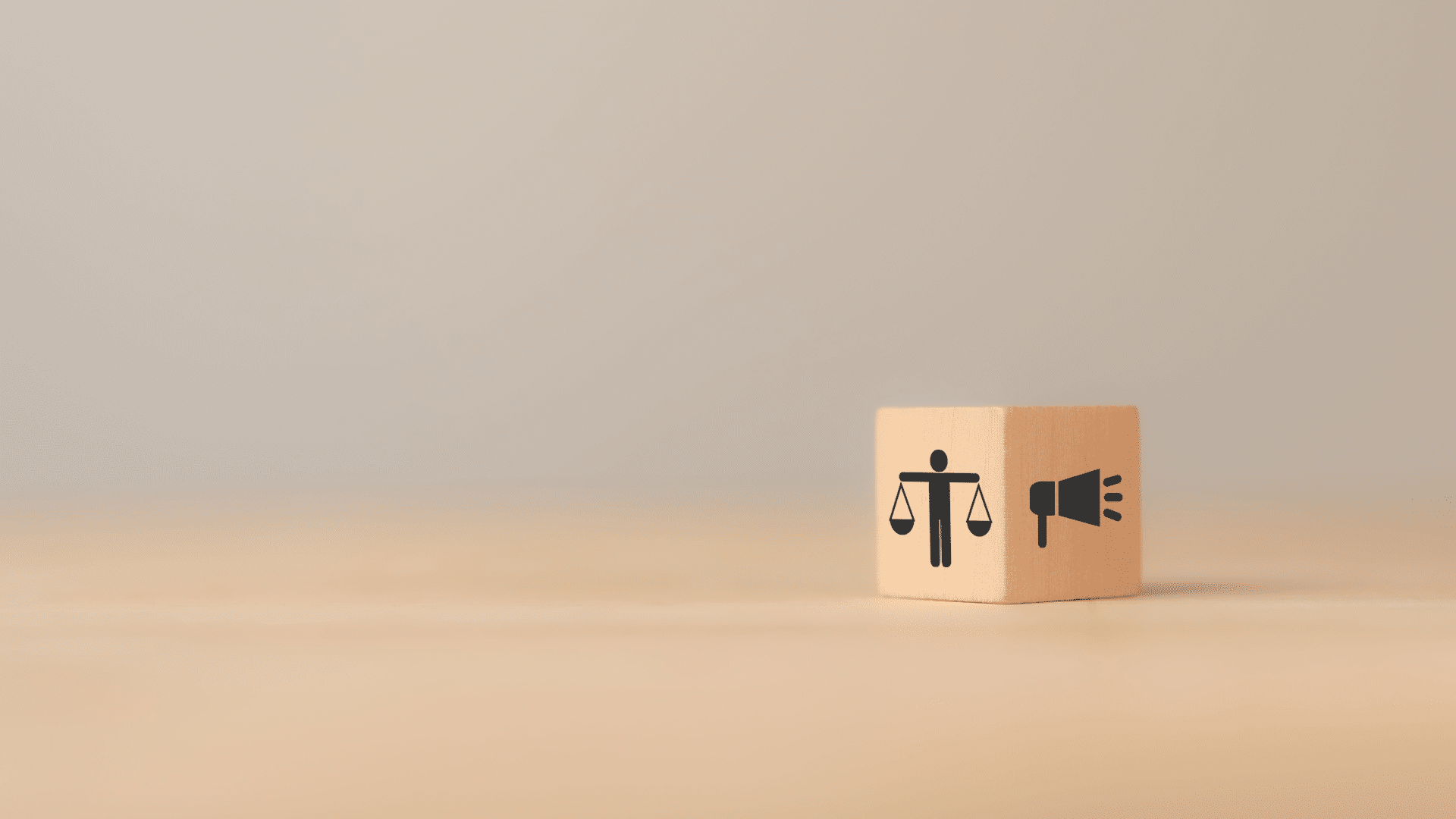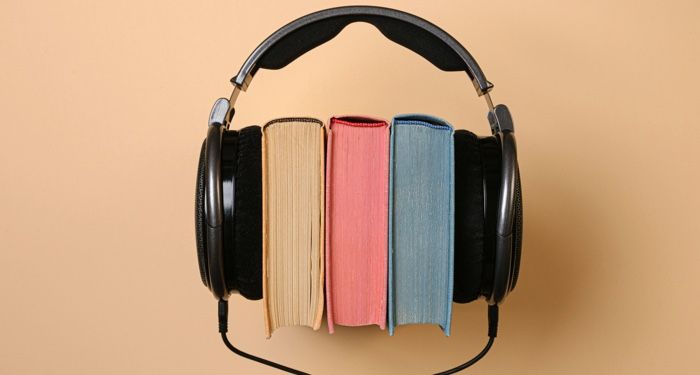This content contains affiliate links. When you buy through these links, we may earn an affiliate commission.
When I was a kid, reading meant hardbacks or paperbacks, carting books around in bags — and thus never having enough reading material on hand. Books on tape were a thing but they were prohibitively expensive. The local library had some, but my access to a cassette player was limited to a boombox type affair. Connecting headphones to it was cumbersome and the rest of the family really didn’t want to hear what I was reading. In the heady heights of the ’90s, I stuck to paperbacks, or the occasional classic hardback my father kept as ornaments on high shelves.
As with most other things, the internet cracked open a whole new world for readers. Ebooks and ebook readers became attainable. Audiobooks suddenly didn’t require awkward equipment struggles. Brilliant libraries embraced a multitude of new ways to read so the technology was accessible to more people. The days of carrying six paperbacks in your carry-on could be a thing of the past (unless, of course, you actually loved that bit).
Despite my love of all things reading tech, I really struggled with audiobooks as they went mainstream. Some books felt ill-suited to audio for me. My earphones fell out often, as I’d tug the wire accidentally in the shops and then sigh loudly at my own stupidity. I struggled with some genres on audio and just couldn’t get into the story. It felt a bit like a minefield and it’s taken me some years to get it right for me, so here’s a rundown of how to make it right for you too.
How to Listen to Audiobooks: Making the Transition
It’s actually pretty daunting to get going with audiobooks — or at least, that was my experience. The first time I tried it, I didn’t pick the right book and then felt the entire effort wasn’t for me. It might be worth listening to a book you already know and love, to get a sense of how it will work for you and give you a comparison with the page.
In general, if you’re more of a fiction reader, choose fiction for your first audio. Narrative nonfiction readers might like to pick from that pool. The second time I tried audio, I listened to Nicola Yoon’s Everything, Everything. I fell in love with the voice of narrator Bahni Turpin and that was my lucky way in. After that first one, I looked into what else Turpin had narrated (The Hate U Give, The Starless Sea, Moon Witch, Spider King and Children of Blood and Bone, among others) and it was easy to make my next choices. By the time I branched out to other narrators, I had a sense of where I liked to listen (in the gym, while running, sometimes on trains) — and where I didn’t (not the London underground, never in work because I lost track of the story, not while vacuuming).
In my view, the best way of getting into audio is rather trial and error. Pick a book you know you love, or a book you’ve wanted to read for ages, in your favourite genre or by your favourite author. Use it as an experiment: you already know you’ll mostly like the story, so you’re testing out a new medium of exploring a world you already love. Give it a chance to stick, because audiobooks are a whole new habit if you’ve spent much of your life like me, clutching beloved and well-worn paperbacks.
Some Tips and Tricks for Listening
When you’re a few books in, you’ll start to find your groove. If you already listen to a lot of music or podcasts, you likely have resolved the great headphone question, but I still haven’t resolved it so I’m bringing it up. Wired? Wireless? Over the ear? In-ear? What about battery life potential? Are your earphones/headphones comfortable for a few hours of listening? This last one is probably the one that I struggle the most with, but I am a very fussy human.
Next up is listening at the right speed for you. Different narrators read at different speeds. Sometimes you’ll find that the x1 speed is absolutely fine. Sometimes you’ll need it at x1.5 and if you’re a speed listener you might want even more. I’ve found that each book is slightly different, but I rarely listen at the baseline speed. I’m always aiming to find the speed that works for my own reading pace on the page, which is vastly unscientific and more of a feeling than a provable concept. Enjoy selecting different speeds til you find the right one. You do you.
Last tip: find the right genre. I like almost every type of genre. I read new weird, sci-fi, romance, narrative nonfiction, you name it. But for some reason, they don’t all work for me on audio. I’ve found a particular love for exploration nonfiction — stories about Everest, the voyage of the Erebus and Terror, the life of Roald Amundsen. The sense of adventure in these books keeps me super engaged in the audio medium, so I always know I’ll like them. I also love the current trend for Greek myth retellings on audio, the stories of The Iliad and The Odyssey getting me through many boring gym sessions. It might take a while to find your favourite genres for audio, but don’t be surprised if they’re much more specific than your usual taste!
Best Places to Find Audiobooks
Last up, where do we find this audio magic? Audiobook services do their business mostly through their own websites, and issue an app for use as an audio player. Here are some of the big ones to try.
- Audible: Arguably the best-known audiobook subscription, Audible is part of Amazon. You can use the service to buy once off books or you can buy into a subscription model (starting at $7.95 p/month) and get credits for books each month. They often do sales and operate a 30 Day Free Trial to get you started. Check out this guide to learn more about how Audible works.
- LibroFM: Only available in the U.S. and Canada, LibroFM is an audiobook service which supports indie bookshops. You can choose your local bookstore and support them with your shopping. They offer a credit-based membership model like Audible ($14.99 p/m plus 30% off books outside your credits). You can use a code on the website to get 2 free audiobook credits to get your started. Learn more about Libro.fm here.
- Scribd: Scribd offers a monthly subscription which covers ebooks, audiobooks, magazines, and even comic books. You can download what you want (within reason) over the month of your subscription. $11.99 p/m gives a really broad range of things to listen to, read, and explore.
- LibriVox: This one is a volunteer run project, recording books in the public domain. If you like your classics, it’s a great place to get through your reading list. It’s entirely free, so it’s a good place to get a sense of whether you like audiobooks or not. You can download the audio files because they’re DRM free — but bear in mind, these productions aren’t professional.
- Hoopla: If you have a library card from a participating library, Hoopla is the app you’ll use to download free audiobooks through the Hoopla app. It’s worth exploring your local library options if you want one that will give you audiobooks because Hoopla is a great service, and selections include bestsellers. U.S. availability only.
- Libby: Another library option, Libby is free as long as you have a valid library card from your local library — and is available in almost 80 countries worldwide. Libby offers everything from the classics to the bestseller lists and include audiobooks and ebooks.
Hopefully this guide gets you on the road to audio exploration and helps you take the first steps to checking out some of the absolutely magical audiobooks out there. If you want some recommendations, check out the Best Audiobooks 2022 has to offer (so far!)























































![5 Ways to Improve Your LinkedIn Marketing Efforts in 2025 [Infographic] 5 Ways to Improve Your LinkedIn Marketing Efforts in 2025 [Infographic]](https://imgproxy.divecdn.com/Hv-m77iIkXSAtB3IEwA3XAuouMwkZApIeDGDnLy5Yhs/g:ce/rs:fit:770:435/Z3M6Ly9kaXZlc2l0ZS1zdG9yYWdlL2RpdmVpbWFnZS9saW5rZWRpbl9zdHJhdGVneV9pbmZvMi5wbmc=.webp)















![20 Predictions for Social Media in 2025 [Infographic] 20 Predictions for Social Media in 2025 [Infographic]](https://imgproxy.divecdn.com/HMVhRh2JvYwAse_QsxNWdYtb_Of31-oCF2OnUe4eZqA/g:ce/rs:fit:770:435/Z3M6Ly9kaXZlc2l0ZS1zdG9yYWdlL2RpdmVpbWFnZS9zb2NpYWxfbWVkaWFfdHJlbmRzXzIwMjVfMi5wbmc=.webp)


